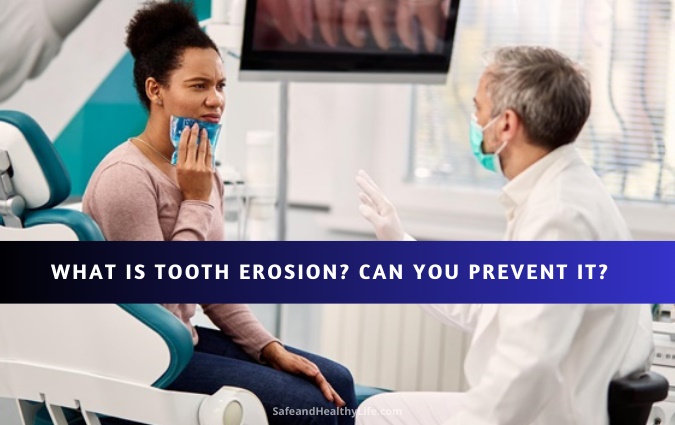
According to researchers at Johns Hopkins Medical School, one in three women and one in five men will suffer a hip fracture at some point after age 50. Those are pretty startling numbers.
No one wants to go through a hip fracture. They are one of the most painful injuries a person can experience. But how do you keep from being the one in three or one in five who will experience this horrific injury?
Don’t worry, sit back, relax, read along and follow these preventative tips and you’ll be one step closer to avoiding hip fractures altogether.
Fall Proof Your Home
According to researchers at Johns Hopkins Medical School, nine out of ten hip fractures are caused by falls. That means it’s important to stay aware of any potential tripping hazards in your home and make changes to ‘fall-proof’ the area.
For example, you might consider adding a rubber slip-resistant mat to your shower or you could even add a small ramp to get you over small staircases in your home. If your mobility has really begun to take a hit, you might even consider walkers & rollators to help you stay independent and mobile while reducing your risk for a fall.
Finally, buying slip-resistant shoes that are meant for factory workers is a great way to reduce your fall risk. The hard rubber soles help you stick to the ground and at only $35 they can save you thousands by preventing injury.
Bone Density Exams
Bone density exams are vital after you hit the age of 65, but many seniors have never had one done. According to Johns Hopkins Medical School, low bone density doubles or even triples the risk for hip fracture.
Screening for bone density is quick, painless and ideal to help doctors diagnose and treat any underlying causes of bone density loss before it leads to real orthopedic problems.
If you are found to have low bone density your doctor may prescribe drugs like Fosamax, Actonel, Boniva, or Reclast to help improve blood flow and bone density retention. He or she will also surely recommend a specific diet, and a program to improve balance, flexibility, and strength.
Maintain Balance, Flexibility, and Strength
Staying active as you age is one of the best ways to prevent hip fractures in your golden years. By maintaining balance, flexibility, and strength you can more readily avoid falls no matter the circumstance. Recent research has suggested a regular exercise routine can even cut your risk of a fall by 20 to 30%.
Even better a recent study from the Institute of Health and Social Care, Peninsula Medical School, Royal Cornwall Hospital found that professionally prescribed programs of muscle strengthening and balance retraining exercises reduced the number of falls by 35%.
That means it may pay to hire a professional to help you get your balance, flexibility, and strength on track.
Eat More, Eat Better
As we age the best thing we can do to reduce the risk of hip fractures is to eat more and eat better. The reality is the majority of seniors will experience a fall of some sort, but if your diet is on the point you will be able to absorb the impact of a fall without suffering a serious injury.
That’s why doctors recommend patients under the age of 50 eat at least 1,000 mg of calcium daily and patients over 50 consume at least 1,200 mg daily. You also need vitamin D to absorb calcium, which means it’s important to get some sun or even consider supplementing with vitamin D tablets.
Although the main factors in bone density are calcium and vitamin D it’s also important to maintain a healthy diet overall full of potassium-rich fruits and vegetables, enough protein for muscle growth and retention, and enough healthy fats to keep you going.
If you want to keep your golden years golden, it all starts with diet.
Hopefully, this article will help save you from any potential hip fractures. The injury is far too common these days and with simple preventative methods, they can easily be avoided. So remember, stay active, eat right, get that bone density exam, fall-proof your home and you’ll greatly reduce your risk of hip fracture.
About The Author:
Emily is a contributing writer for a small business. In her free time, she enjoys hiking with her dog.




